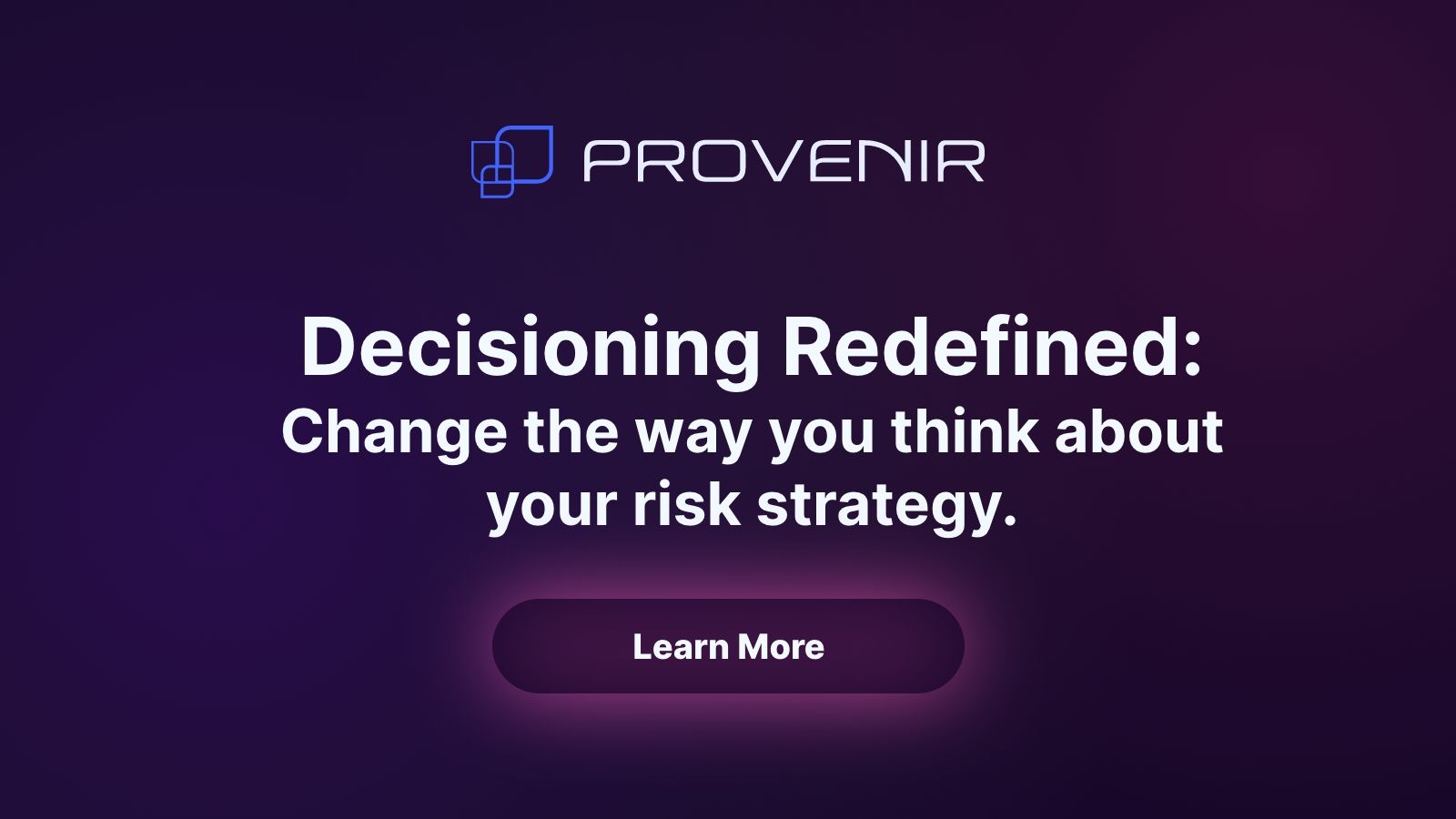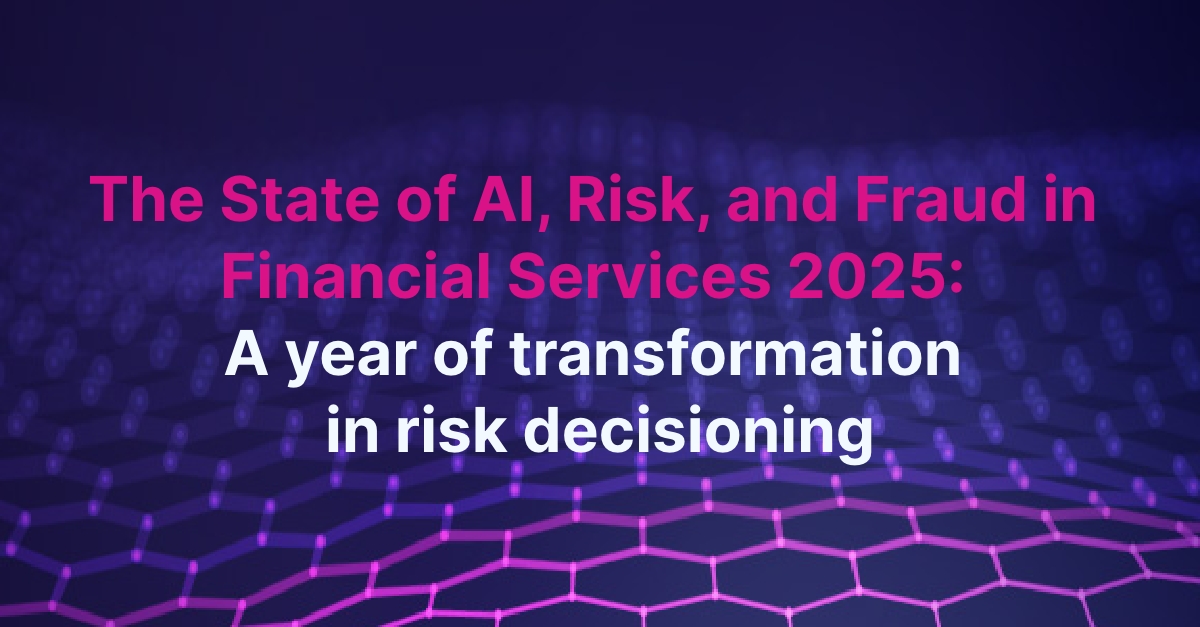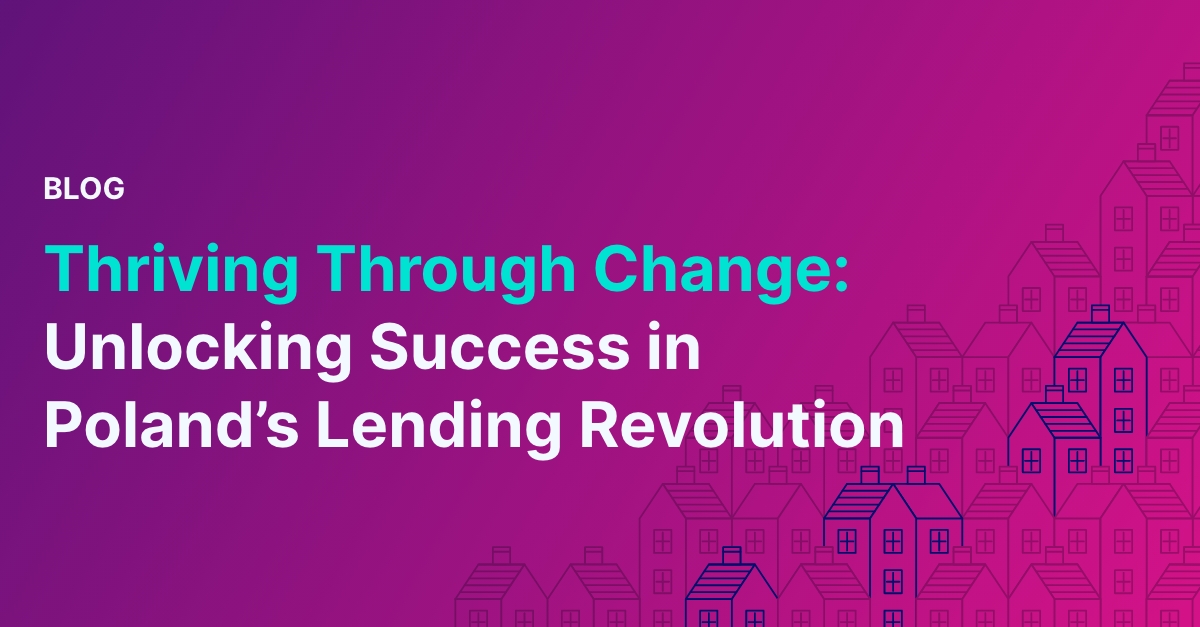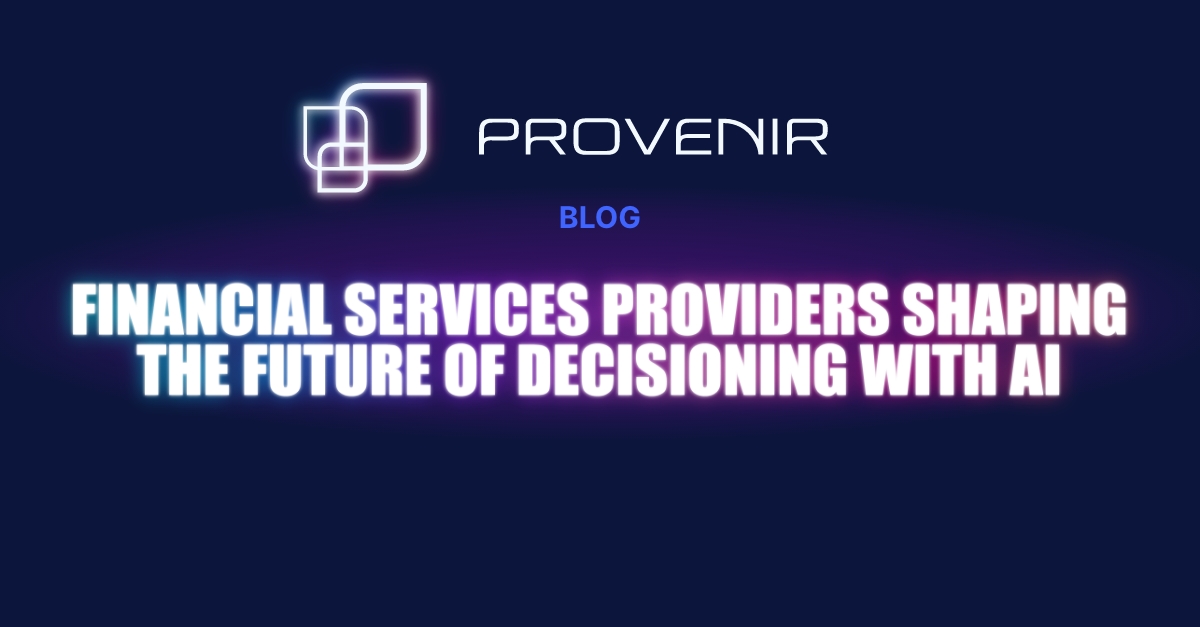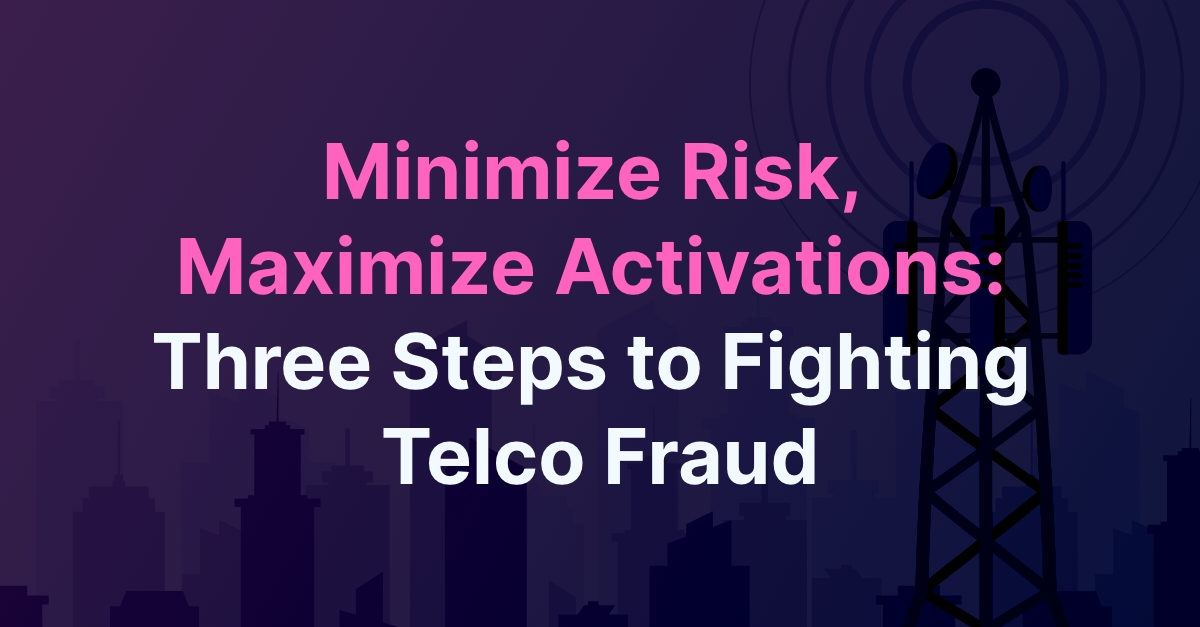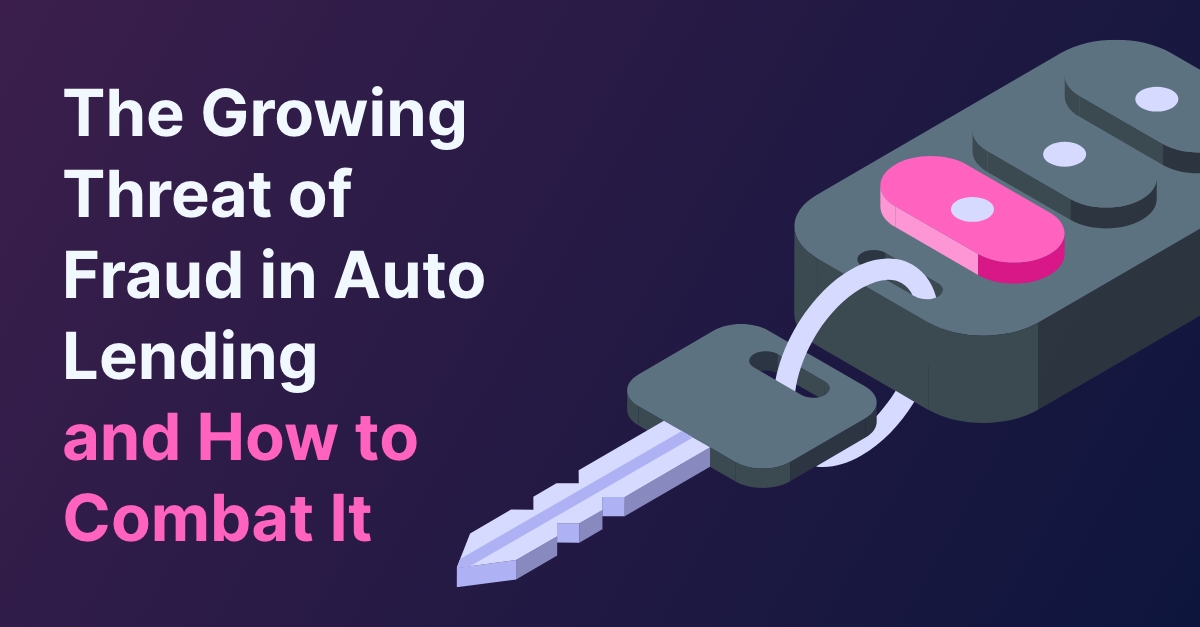7 Reasons to Use Salesforce for Credit/Loan Origination and Risk Decisioning
BLOG
7 Reasons to Use Salesforce
for Credit/Loan Origination and Risk Decisioning
I had breakfast in an original Paramount Diner over the weekend. This authentic throwback to the 60s included fully restored jukeboxes on each table, letting diners choose their own private dining soundtrack.
So, what do my eating habits have to do with using Salesforce for loan origination and risk decisioning?
Well, this jukebox had a long list of song options that the diner needed to scroll through until they found something they liked. But the list was long, why? Because the diner wanted to include a range of tracks so that there was something for everyone.
It struck me as I watched the 10-year old at the table scroll through a range of classic tracks that he declared were ‘rubbish’ until he reached the pages of recent pop tracks that I declared were rubbish, that this experience was very much like shopping for financial services.
You’re often forced to scroll through the irrelevant offers until you find the one you’re ready to press play on. But, it doesn’t end there. You then you have to fill in the application and then if you’re lucky only wait a few seconds for your application to be approved.
But, financial services providers have the power to improve that experience when they combine the data within their CRM systems with their loan decisioning technology.
Using Salesforce to improve efficiency, make smarter decisions, and personalize user experience
Financial institutions want to serve customers well, so they strive for efficiency improvements. Process automation plays a big part in this. Manual, disconnected credit and lending processes are being weeded out and replaced with digital, automated solutions.
This is progress. But for complete efficiency, risk analytics and decision-making should be tied into other business systems. Salesforce is an excellent case in point. Its customer relationship management (CRM) solution is widely used by financial institutions to manage customer interactions.
Many banks, card issuers, and fintech companies manually extract and duplicate data from Salesforce to complete credit checks, risk scoring and due diligence processes using legacy systems.
This is slow and inefficient. And it can change. When credit and lending decisioning processes and Salesforce are connected, there can be seamless data exchange. Through connected ecosystems, a single data set can drive real-time risk analytics and decisioning.
The right technology, pre-integrated with Salesforce can help automate loan and credit origination. It can help your business:
- Increase use of Salesforce CRM data throughout the organization – listening for, reading and writing data into and out of Salesforce eliminates the manual moving of data from Salesforce to legacy systems. Technology can also enrich native Salesforce data with information maintained in other systems, which can be created and stored as custom fields within Salesforce.
- Automate originations and underwriting processes – by leveraging decisioning technology that can easily integrate to external and internal data sources and bureaus, organizations can make real time decisions based on the aggregated data, operationalize any risk models in minutes and use Salesforce to automate originations and underwriting. Also read: What is credit underwriting?
- Create a more transparent lending process – with a 360-degree view of your customers at a glance. You can unify your entire lending business through a single platform, giving borrowers, lenders, brokers, underwriters, and every member of your team a transparent view of the lending process.
- Provide end-to-end compliance and better reporting – automatically aggregated data from internal systems, KYCnet, and other external systems can be made available to a compliance interface built within Salesforce. Capabilities such as business rules that ensure only the right data is aggregated for each client simplify compliance end-to-end.
- Tailor product offers to the right customers – customers expect companies to know what they need when they need it. Combining a CRM such as Salesforce with a credit decisioning system allows businesses to collate the data they need by connected siloed data. So, you can take a consumer—not product—centric approach.
- Preapprove offers for existing customers – in addition to providing a customer focused offer, integrating Salesforce with a loan decisioning solution allows a business to preapprove customers for specific offers. This ensures that you only promote offers that are suitable for the customer and improves the application process.
- Target customers based on life events, financial triggers, or specific behaviors – data analytics can help your business predict the need for financial services based on event or behavior triggers such as marriage, saving habits, or even reduced the use of their existing products. With an integrated CRM and decisioning solution you’ll be able to not just predict the need for services but also choose the right product and preapprove the customer before reaching out through a tailored marketing campaign.
The benefits of using Salesforce for Credit/Loan origination and risk decisioning
The number of benefits that combining a CRM such as Salesforce are many and they don’t just offer small opportunities to advance your lending business. In fact, this perfect combination of technologies will empower your business to create a smarter, faster, and more customer centric user experience.
It will also bring many business gains such as the automation of manual lending processes, better KYC monitoring, and smarter decisioning to reduce risk. One huge opportunity these technologies, when used together, offer is the chance to grow and evolve your business. With analytics and customer knowledge deeply ingrained into your origination technology you’ll have a much clearer understanding of consumer needs, empowering your business to better target customers and develop products that best meet the needs of an evolving market.
Using Provenir within your Salesforce environment
With the Provenir pre-built integration adapter for Salesforce, financial institutions can automate complex analytics and decisioning processes for credit and loan applications from within their Salesforce environment.
